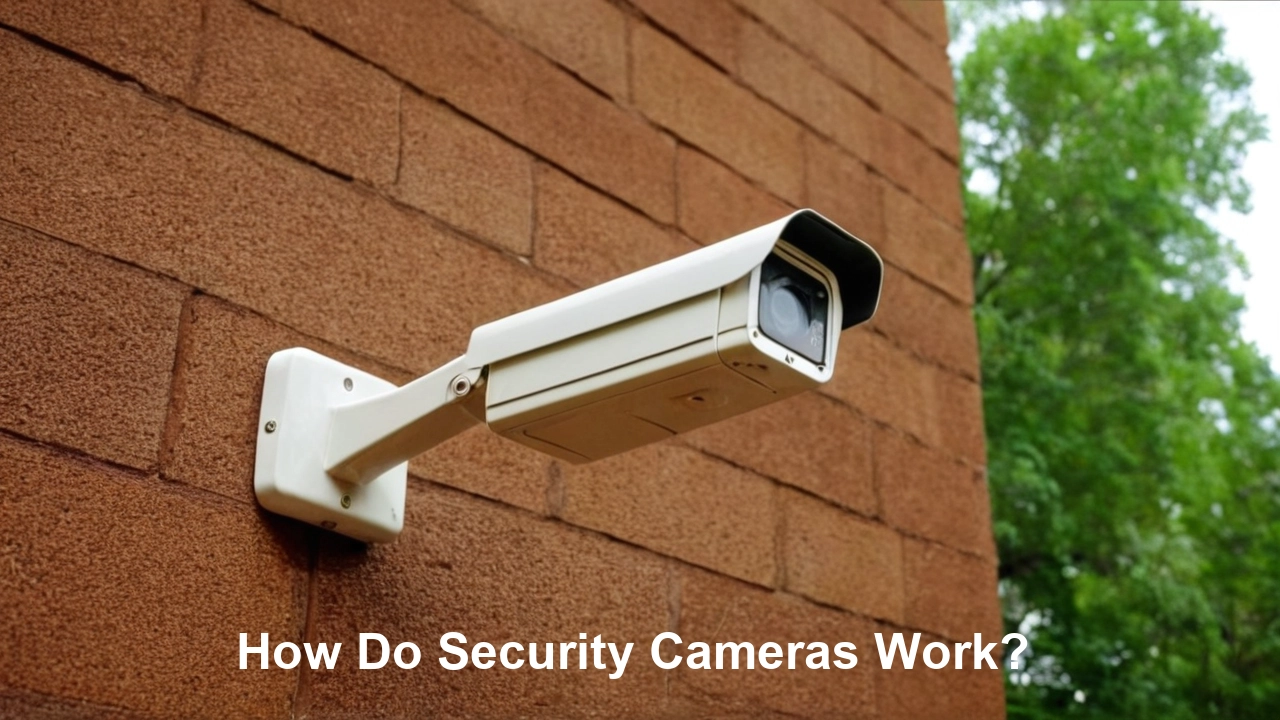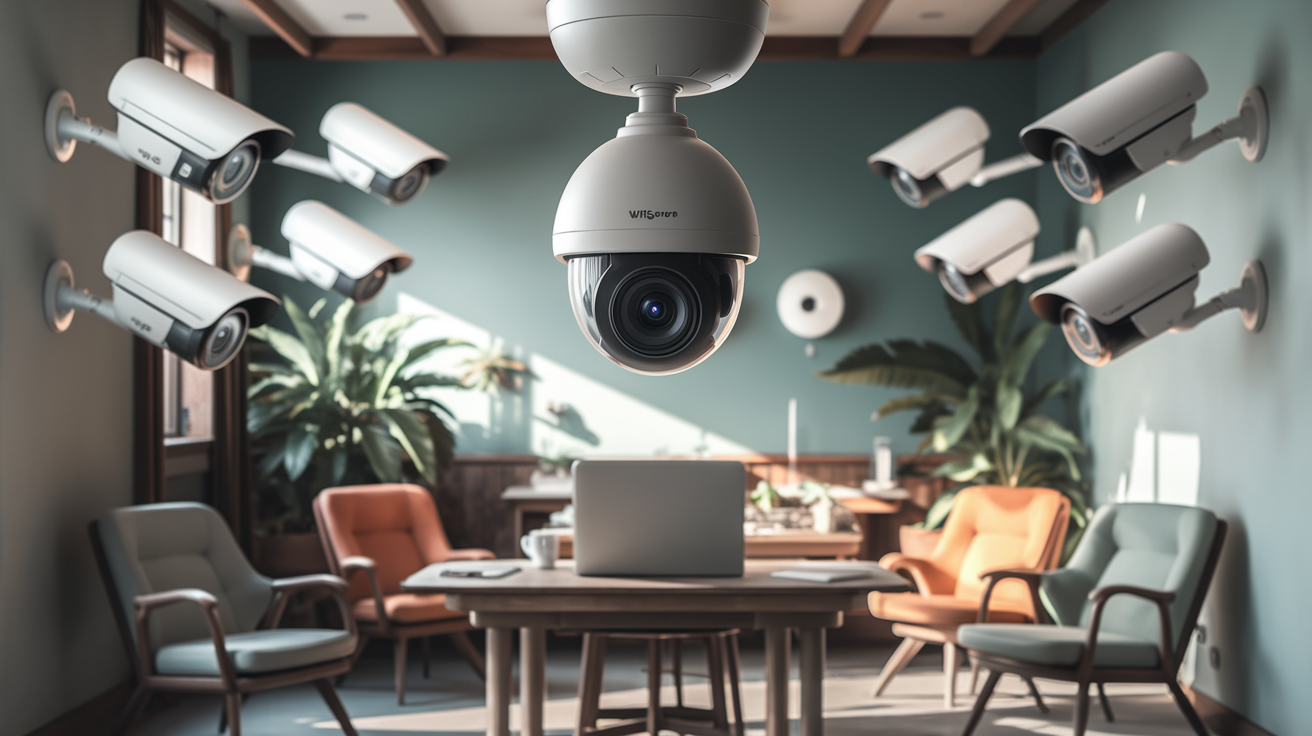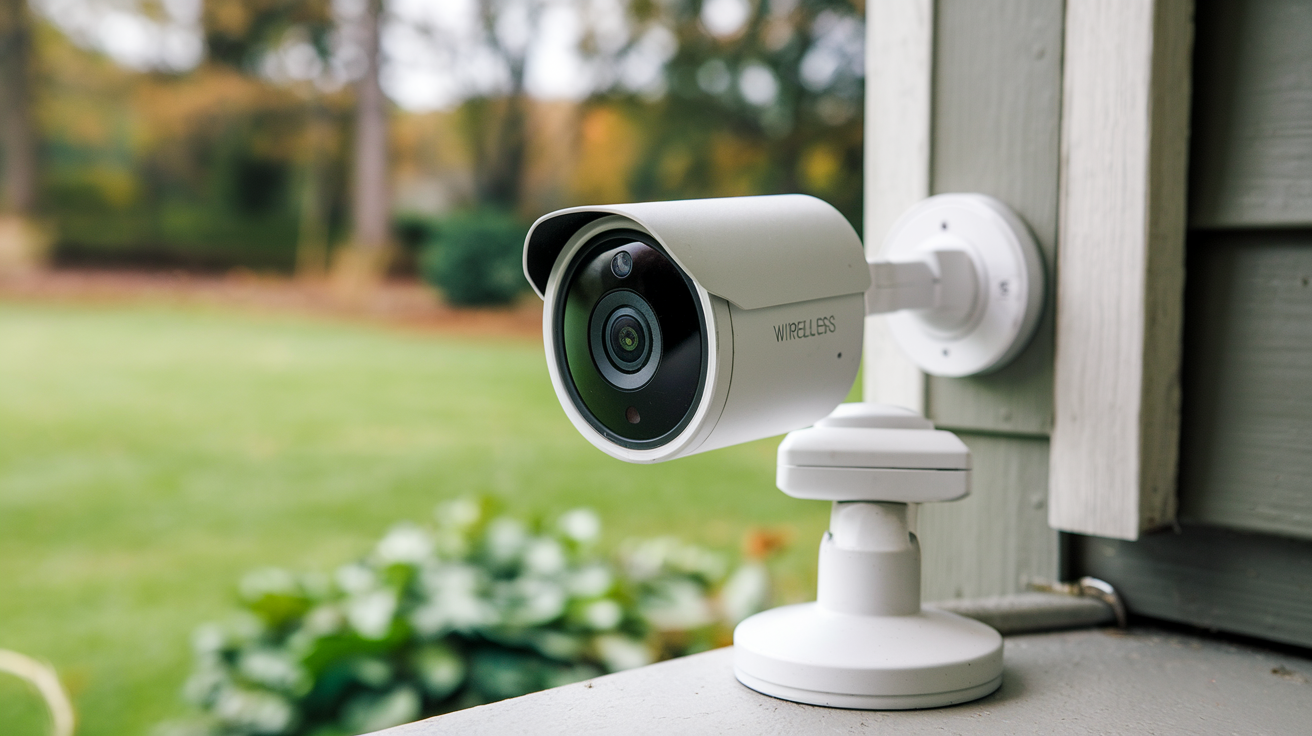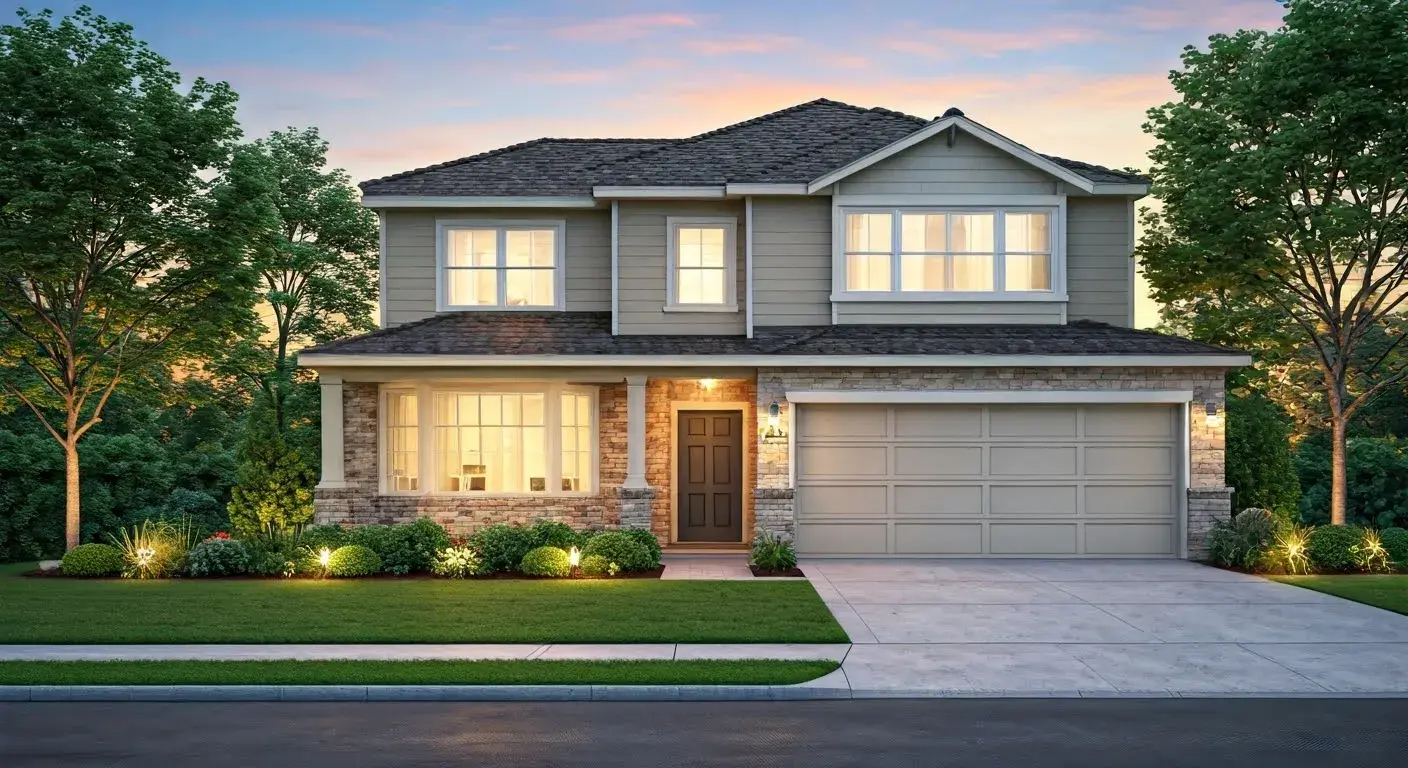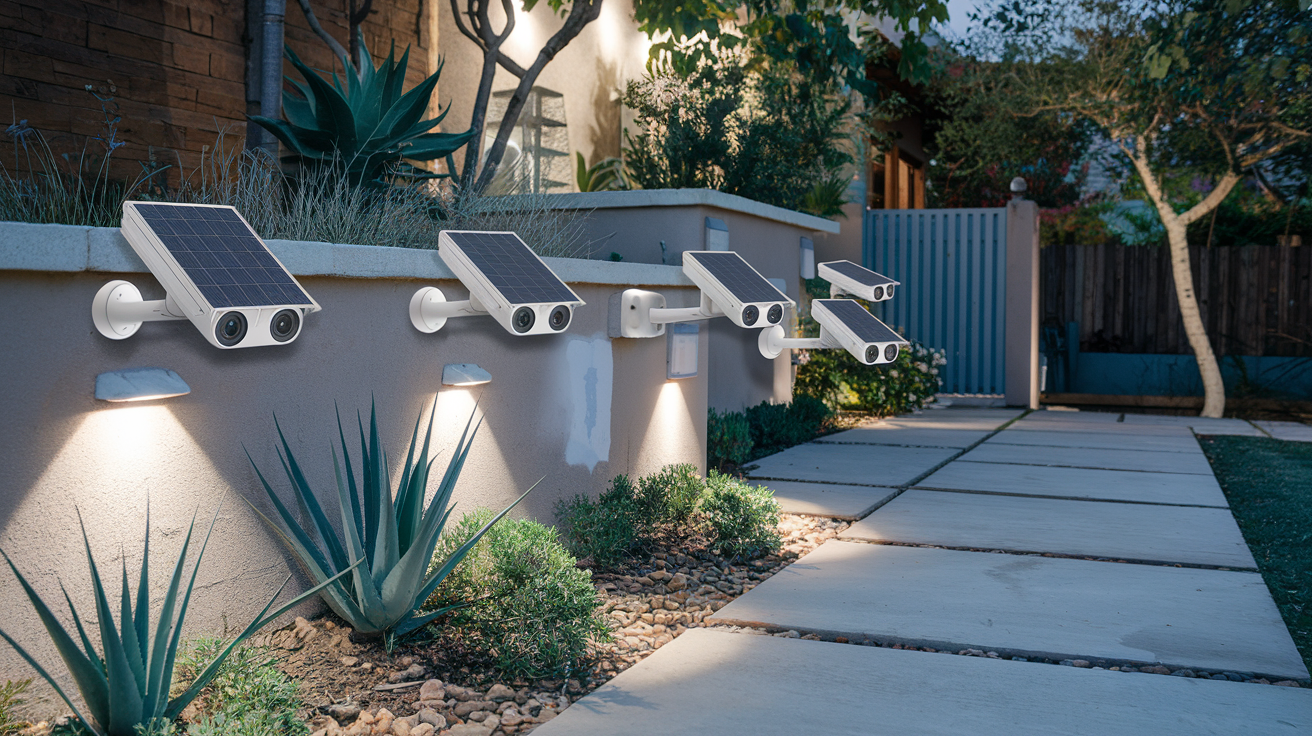Closed circuit television cameras are now popular in many places. Nowadays, security cameras can be seen installed in various places including retail stores, office buildings, and apartment complexes. However, there is always the question of how these devices record the videos and relay the feeds to areas that security personnel can monitor. The following are the main parts of security cameras and how they work:
The Camera and Lens The core of every security camera system is the camera and the lens of the camera. Security cameras possess image sensors that capture light and transform it to digital pictures. CCD and CMOS are the two common image sensors that are utilised in digital cameras and other image capturing devices. CCD sensors are costly than CMOS yet they produce sharper images particularly in the low light conditions. CMOS sensors use less power and are cheaper than the others, therefore preferred in most home security cameras. The second is the lens which is used to converge the light on the image sensor and the field of view of the camera. Lenses have different focal lengths, and lenses with shorter counts provide a wider angle of view. Some security cameras have interchangeable lensing or come equipped with varifocal lenses through which the security personnel can alter the focal range as they deem fit.
Digital Image Processing and Video Compression Once the camera records digital video images, electronics on board the camera as well as the algorithms for video compression analyse the footage before transmission. Camera hardware in a system contains image processing circuitry that tunes desirable characteristics such as brightness and contrast to produce high-quality pictures. Video compression is then employed to minimize the size of video files that facilitates easy transferring and storing of clips. Two sorts of video compression that are widely employed in security cameras are MJPEG and H. 264. MJPEG works by compressing each frame as a JPEG image, which offers good quality but creates large files. H. 264 is a newer compression standard that looks at frames in succession and offers even higher compression ratios while maintaining nearly no quality loss for the 10ITIES streaming of high-definition video.
Transmitting Signals Security cameras must be able to send the recorded images from the cameras to a storage system and display units. Analog security cameras record video and output an analog signal in the form of modulated radio signals, which are sent through coaxial cables to a receiver that is connected to a video recorder and monitors. However, because of the restrictions in distance of analog signals, today’s security camera systems are mostly composed of digital IP cameras that facilitate the transfer of videos through computer networks and not coaxial cables. These IP cameras are equipped with Ethernet ports and enable data transmission through wired networks. Some also incorporate a WiFi feature for Internet connection without the use of wires. The digital footage can then be viewed and recorded on devices such as computers and smartphones with the same network.
Power Supply As with any other electronics device, security cameras require electric power in order to function. The majority of cheaper consumer cameras receive power through an Ethernet cable used for data transfer through Power over Ethernet (PoE). In contrast, most of the professional security cameras have different power wires and the source of their power is the electric outlet with the use of an AC transformer in order to take high voltage AC power to the lower voltage DC one. Some of the outdoor security cameras are also fitted with solar panels to autonomously charge the cameras. There should always be backup battery packs on hand so that the business will not be affected in the event of a power failure.
Recording and Viewing Devices The camera hardware records and broadcasts the video stream, but what is required to play, store and review the stream at the desired time. A security digital video recorder receives video feeds from security cameras and records them to internal hard drives for review when required. Home surveillance systems usually involve cameras and DVRs as single units packaged in sets inclusive of cables and connectors for installation. Slightly more complicated systems for businesses and governments incorporate network video recorders (NVRs) that work on the IP network instead of being connected to the cameras directly. Moving images get captured on large cloud based storage servers to enable distant control and retrieval. They are recorded in real time with video management software on computers or mobile devices. When an incident happens, the allowed individuals can watch the event in different cameras based on the time it happened.
Additional Functionalities In addition to live monitoring and recording, most modern security camera systems come with intelligent analytics and notifications for extra features. They include motion detectors which self-trigger when there is movement and notify for review. Video analytics takes it a notch higher by identifying faces or objects and sending signals to operators in case of any abnormal activity. They also have features like when a camera is moved or the connection is lost, then it sends a signal to security. Operators even have choices such as two-way audio communication, where they can talk through cameras to visitors at protected entry points. As technology in cameras and specifically computer vision continues to grow, security camera systems will only continue to become more intelligent and autonomous.
While early CCTV systems required only video transmission over cables, today’s digital IP network cameras contain powerful processors needed for analyzing complex scenes. Paired with AI recorders and monitors, modern systems offer intelligent monitoring to maintain security in facilities without the need for constant supervision. It must be noted that these device abilities will only expand in the future. However, irrespective of the advancement in technology the process of capturing and transmitting video footage of monitored areas is integral to how security cameras function.
